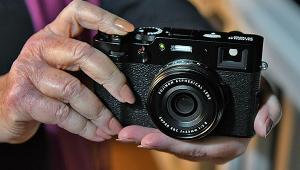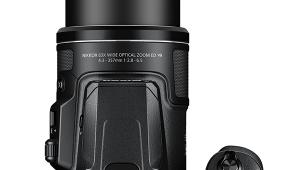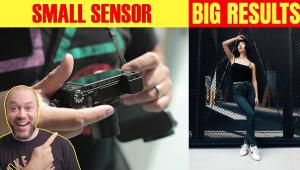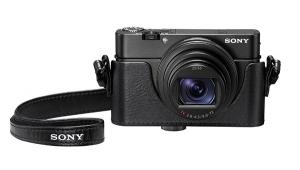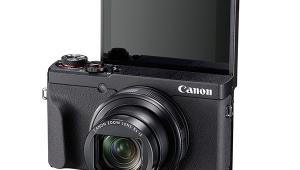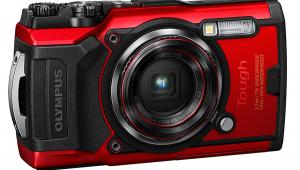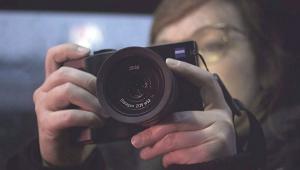Hands-on with the New Fuji X100T, XT-1 Graphite Silver, and Lenses at Photokina (Photos)
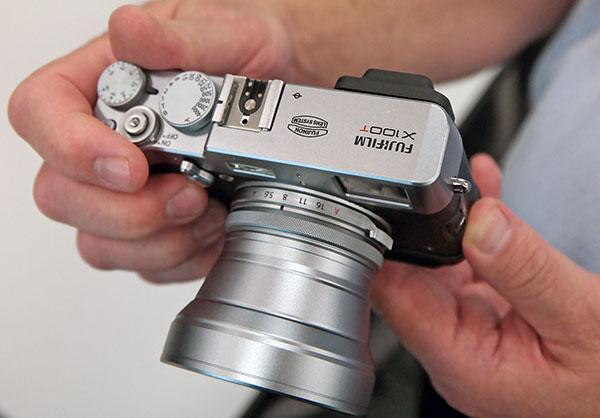
Fujifilm was showing off its new toys at photokina today and we got some hands-on time with these latest X-series cameras and lenses. Initially announced on September 10th, the Fujifilm X100T and XT-1 Graphite Silver cameras, and Fujinon XF50-140mm F2.8 R LM OIS WR and XF56mm F1.2 R APD lenses continue to build on Fuji’s compact and retro-style (Fuji would say “classic" style) X-Series line.
The stealthy, premium compact Fujifilm X100T camera is designed like a digital rangefinder model -- though it’s not, technically, a true rangefinder -- and even operates like one thanks to its new Hybrid Viewfinder. The new set-up has an “Electronic Rangefinder” fuction that lets you focus the X100T like a traditional, mechanical rangefinder camera. In our hands-on time with the X100T, it was easy to engage the feature just by turning the camera’s focusing ring. Focus Peaking and Digital Split Image modes can be chosen and you can adjust the magnification area of the focus area.
Overall, it was a pretty seamless experience, though we look forward to testing the feature out later in the real world as part of a Shutterbug review. The 16.3MP Fuji X100T uses an APS-C size X-Trans CMOS II sensor and has a Fujinon 23mm F2 fixed lens. Otherwise, the X100T, looks and feels a lot like its predecessor, which we liked quite a bit.
There are even less changes, under the hood, to the new Fuji X-T1 Graphite Silver camera but we really liked the distinctive look to this refreshed model. The subdued bluish-silver color of the camera looks even better in real life than in did in the product shots Fuji provided at launch.
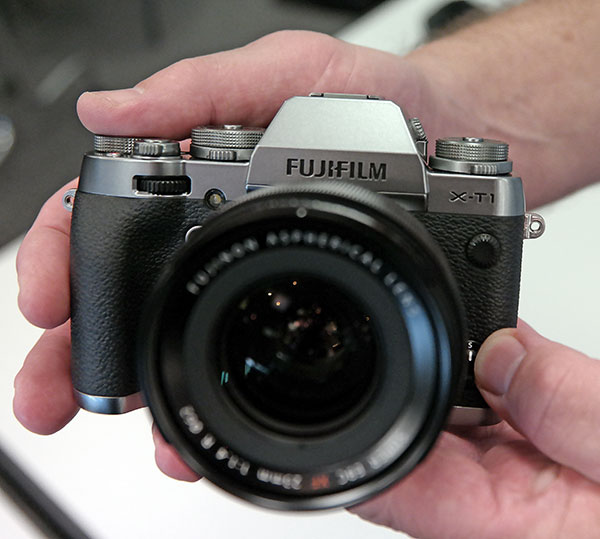
The Graphite Silver X-T1 ($1499) sells for $200 more than the regular X-T1, and Fuji says that’s because the triple layer coating used to give it the distinct and durable look, is more labor intensive to apply. The X-T1 Graphite Silver also features Fujifilm’s new "Classic Chrome" film simulation mode (Fuji’s take-off on simulated Kodachrome) that produces muted tones and deep color to create dramatic images.
Otherwise, this weather-resistant interchangeable lens camera is similar to the original version, and features a 16.3-megapixel, APS-C X-Trans CMOS II sensor and reported, class-leading autofocus speed of 0.08 seconds.
And finally, we handled Fuji’s recently announced lenses: the Fujinon XF50-140mm F2.8 R LM OIS WR and XF56mm F1.2 R APD. Both were surprisingly small and lightweight, but we were particularly struck by how portable the long zooming 50-150mm lens was, considering it has a focal length equivalent to 76-213mm with a constant f/2.8 aperture through the zoom range. (Check out the cutaway image of this lens to see the level of optics compressed into this lens.) It goes on sale in December 2014 for $1600.

In comparison, the Fuji XF56mm F1.2 R APD (apodization) is nearly pocket-size. It has whisper quiet focusing, extreme sharpness and produces stunning bokeh, thanks to the apodizing filter. The filter prevents the lens from getting the dramatic, shallow depth of field you’d get from the non-APD version, but portrait photographers will probably prefer this model because of the detail and bokeh it’s able to capture. It goes on sale in December for $1500.
- Log in or register to post comments




